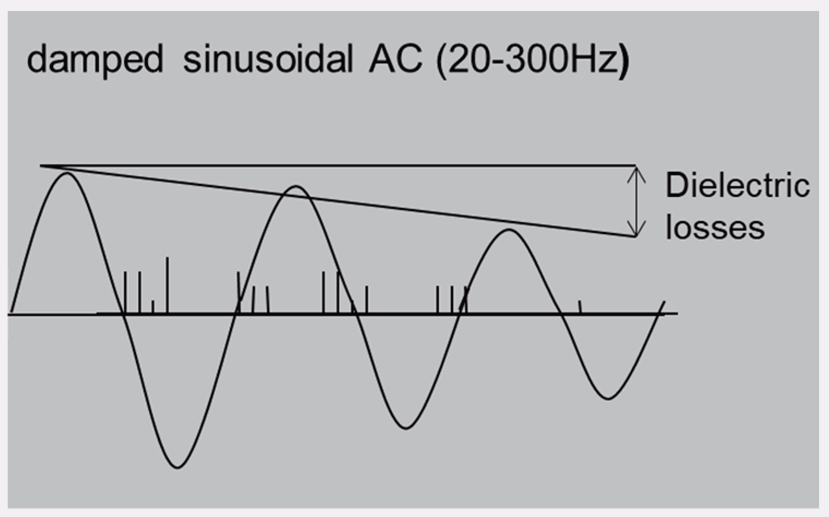Damped Alternating Current (DAC) voltage is a type of high-voltage test signal used to assess the insulation condition of electrical equipment—primarily medium- and high-voltage power cables. It consists of a sinusoidal waveform that gradually decreases in amplitude over time, typically in the frequency range of 50 Hz to a few kilohertz.
DAC voltage is generated by charging the test object with a high-voltage DC source and then discharging it through a resonant circuit to produce a damped oscillation. This method simulates real operating conditions while minimizing stress on the insulation.
Applications of DAC voltage include:
Partial discharge (PD) diagnostics
Cable insulation testing during commissioning or maintenance
Condition assessment of aged or repaired cables
Advantages of DAC voltage testing:
Non-destructive – causes less stress than constant AC or DC tests
Highly sensitive to insulation defects such as voids, cracks, or water ingress
Portable and efficient for on-site testing of long cable runs
Complies with IEC 60270 and other international standards
DAC voltage is a preferred method for modern power utilities and service companies aiming to ensure cable reliability and detect potential failures before they occur.


